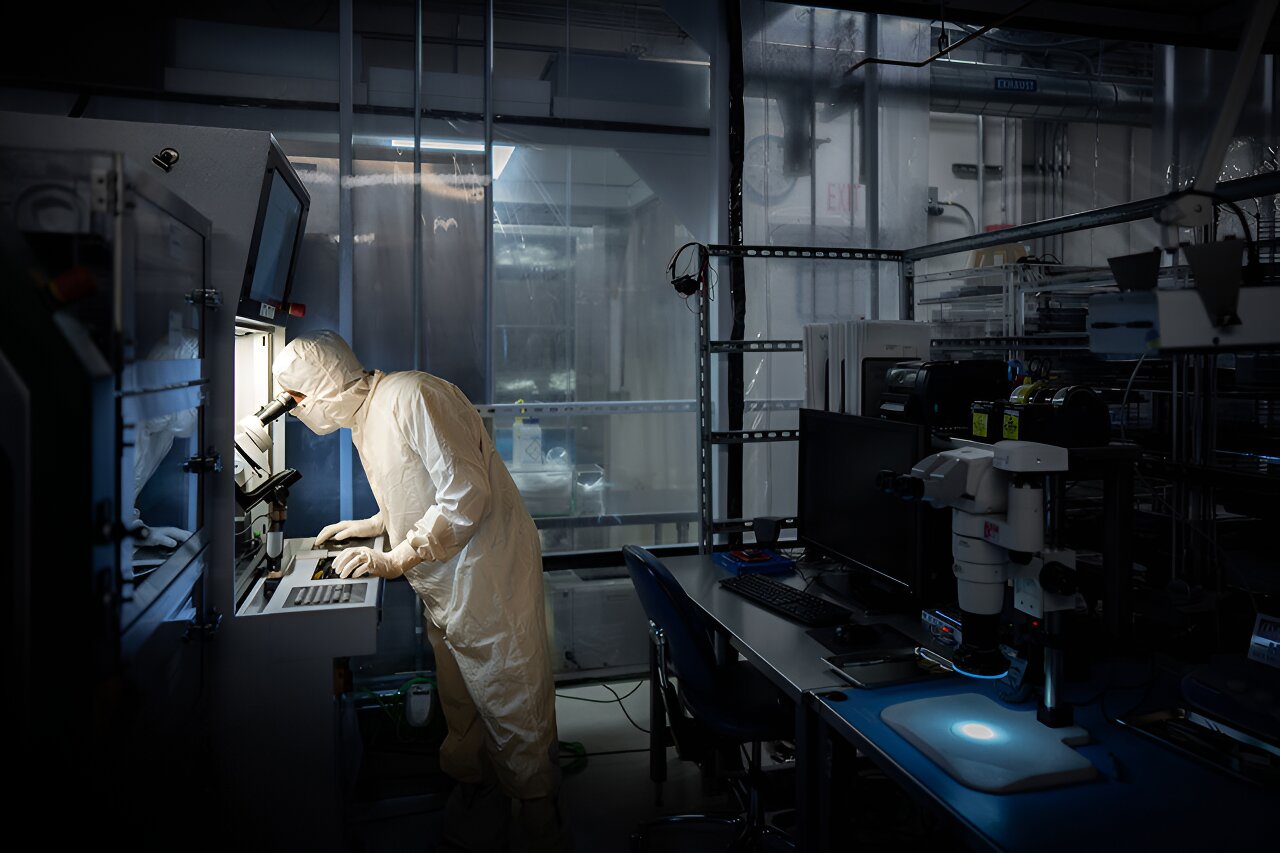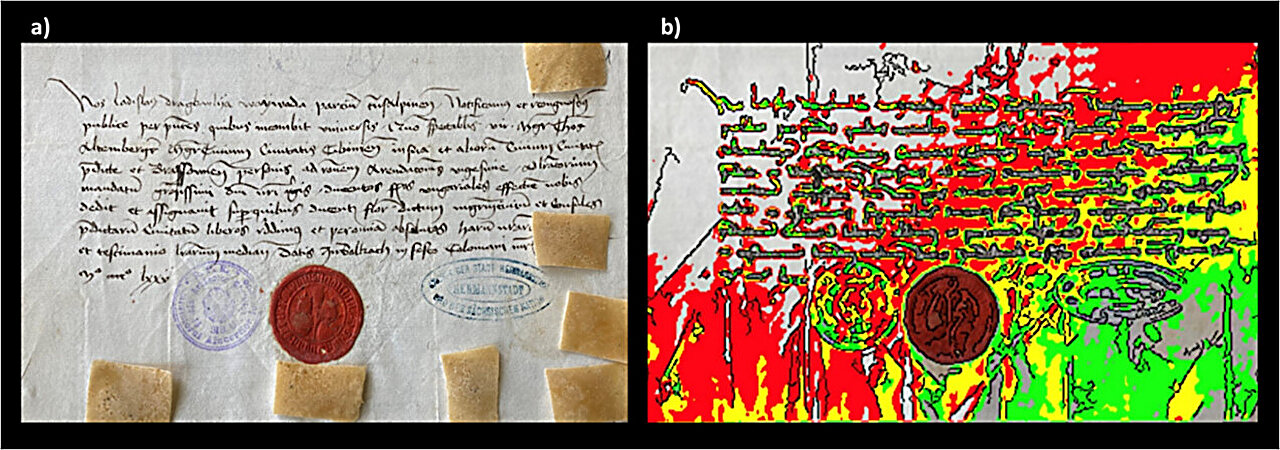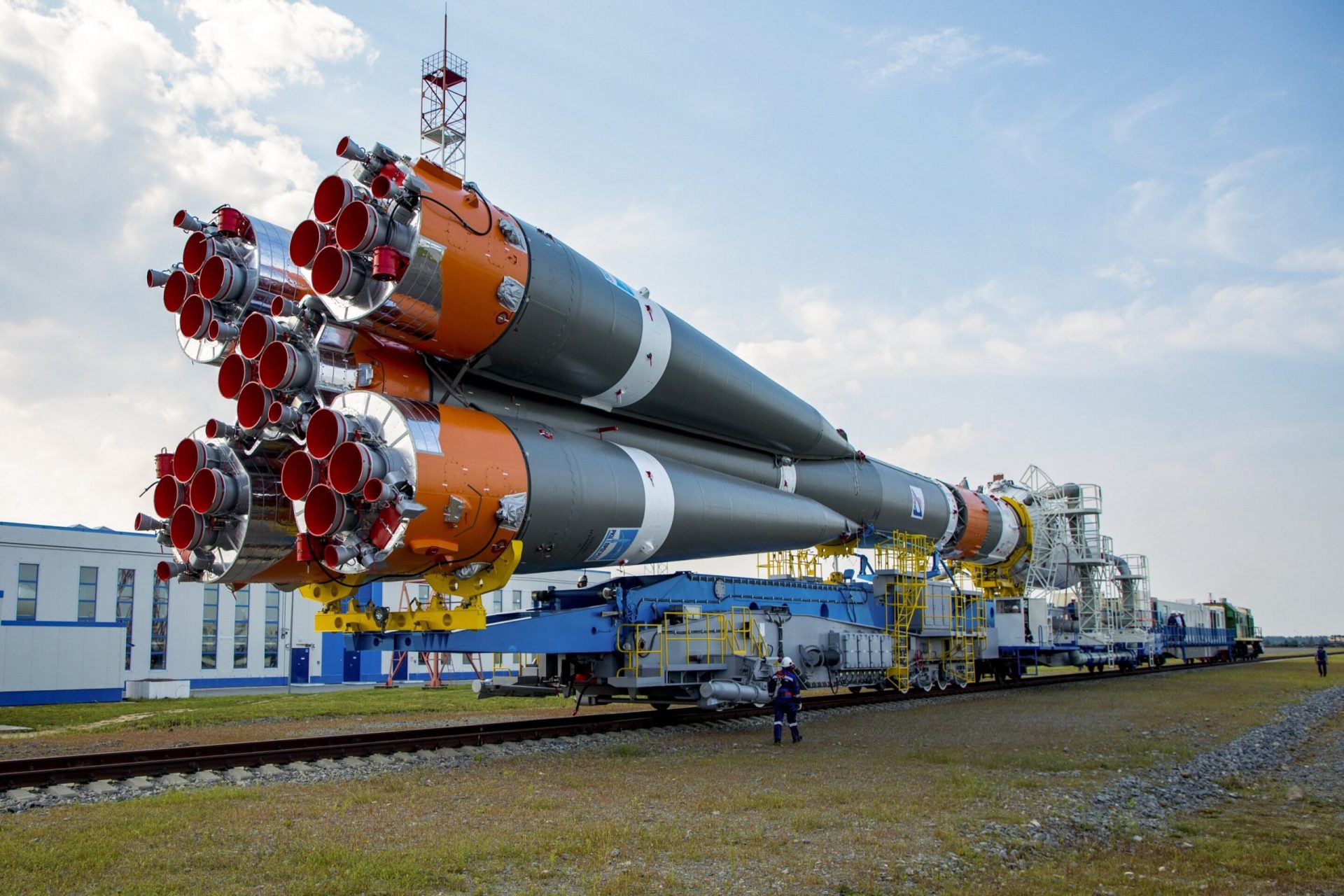Sandia National Laboratories has just unveiled its groundbreaking Enchilada Trap, a cutting-edge ion trap that is set to revolutionize the field of quantum computing. This innovative device will enable scientists to build more powerful machines and push the boundaries of what is possible in this exciting field.
In a major development, Sandia has delivered several Enchilada Traps to Duke University for analysis and testing. This collaboration is part of the Quantum Systems Accelerator, a research partnership between Duke and Sandia, which aims to advance the field of quantum computing.
An ion trap, like the Enchilada Trap, is a microchip that can hold electrically charged atoms, or ions. By increasing the number of trapped ions, or qubits, a quantum computer can perform more complex calculations and algorithms.
The Enchilada Trap has a remarkable capacity to store and transport up to 200 qubits, a significant improvement from Sandia’s previous version. This breakthrough was made possible by Sandia’s Microsystems Engineering, Science and Applications fabrication facility.
According to Daniel Stick, a leading researcher with the Quantum Systems Accelerator, a quantum computer with up to 200 qubits, combined with current error rates, may not surpass the capabilities of a conventional computer for solving practical problems. However, it will pave the way for testing larger machines and more sophisticated quantum algorithms in the future, benefiting various fields such as physics, chemistry, data science, and materials science.
“We are providing the field of quantum computing room to grow and explore larger machines and more complicated programming,” said Daniel.
A forward-looking design
Over the past two decades, Sandia has been at the forefront of ion trap research, constantly pushing the boundaries of what is possible. With the Enchilada Trap, the team has overcome numerous design challenges by combining their institutional knowledge with innovative solutions.
One of the key challenges was creating a trap that could hold more ions and rearrange them for complex calculations. The team achieved this by developing a network of electrodes that branches out, similar to a family tree or tournament bracket. Each branch serves as a storage and transportation site for ions.
Sandia’s previous experiments with similar junctions laid the foundation for this branching architecture, which is currently the best solution for rearranging trapped ion qubits. It is anticipated that future versions of the trap will feature a similar design, but on an even larger scale.
Another concern was the dissipation of electrical power on the Enchilada Trap, which could lead to heat generation, increased outgassing, and elevated levels of electrical field noise. To address this, production specialists designed new microscopic features to reduce the capacitance of certain electrodes.
“Our team is always looking ahead,” said Zach Meinelt, the lead integrator on the project. “We collaborate with scientists and engineers to anticipate their future needs and constantly strive to improve our traps to meet those requirements.”
,,








